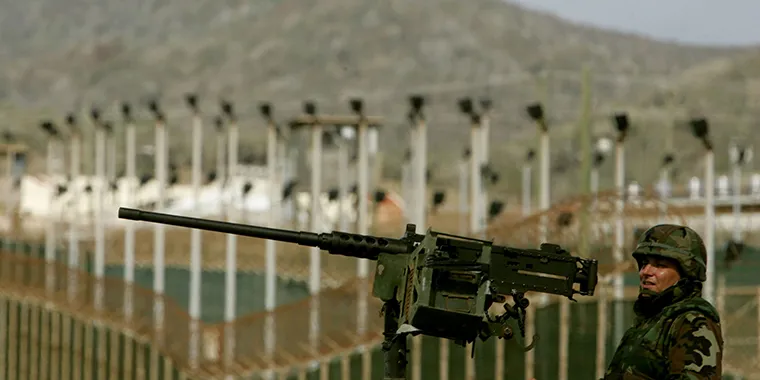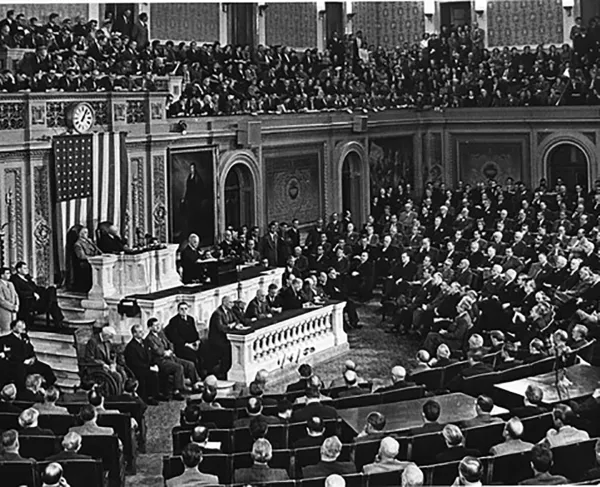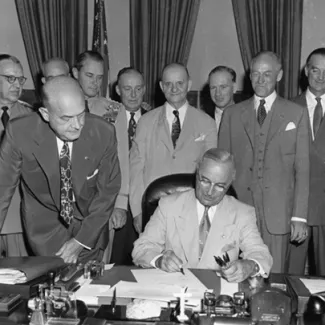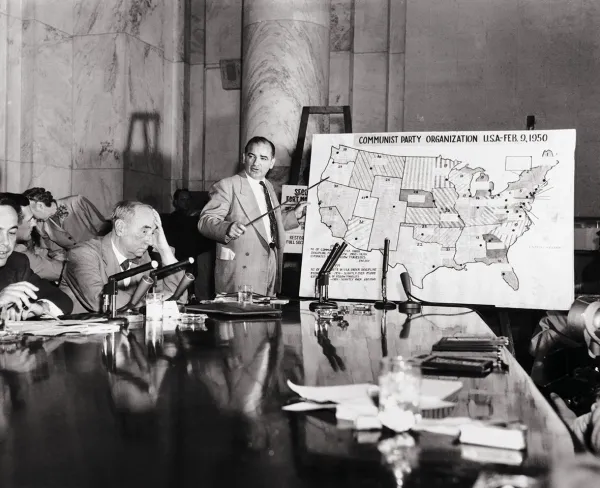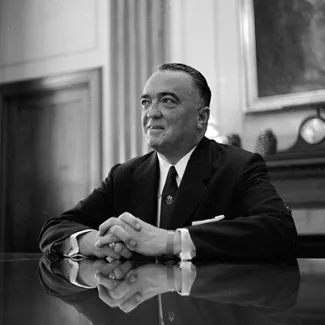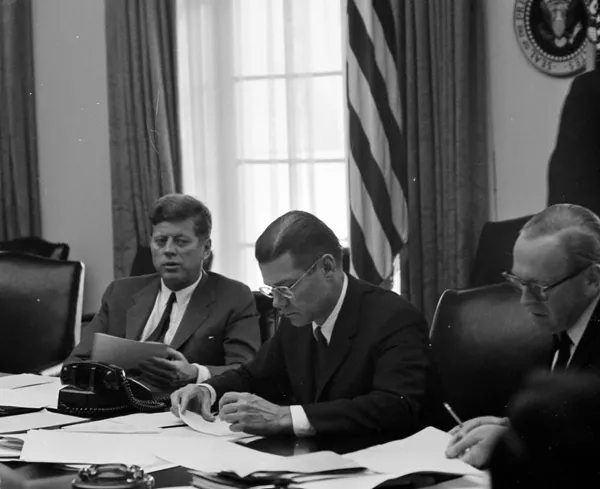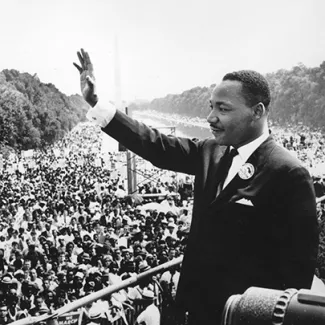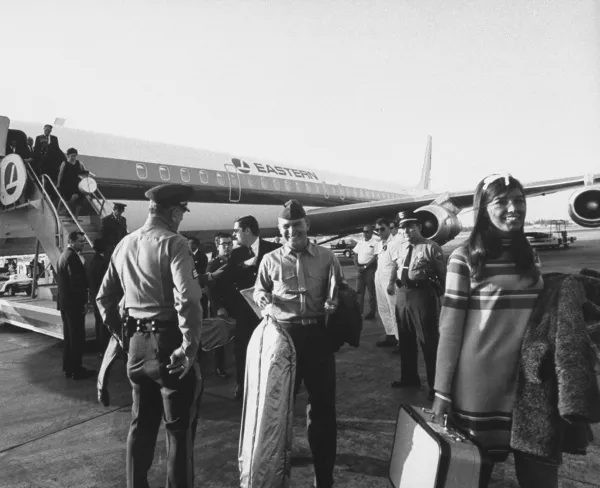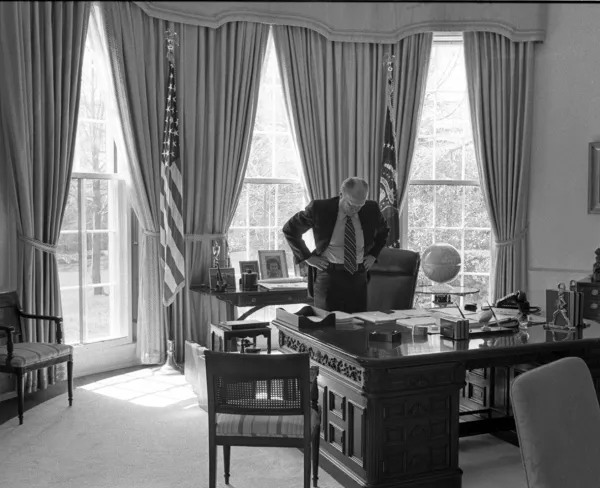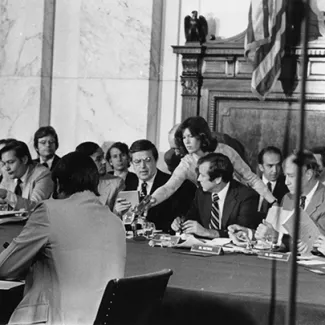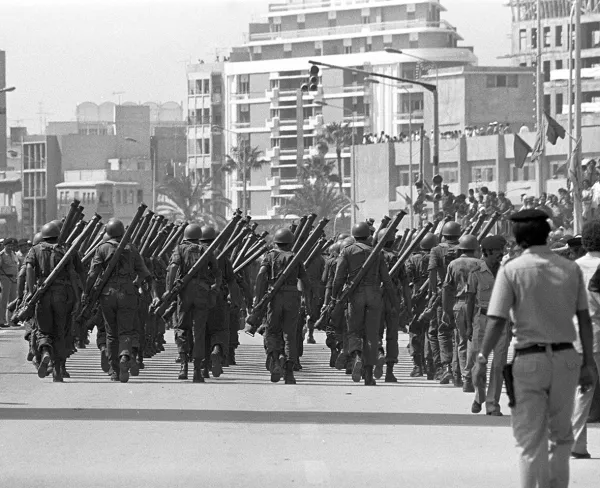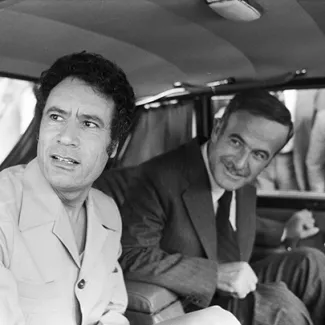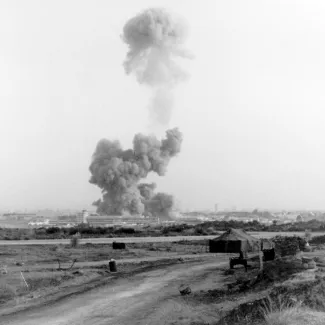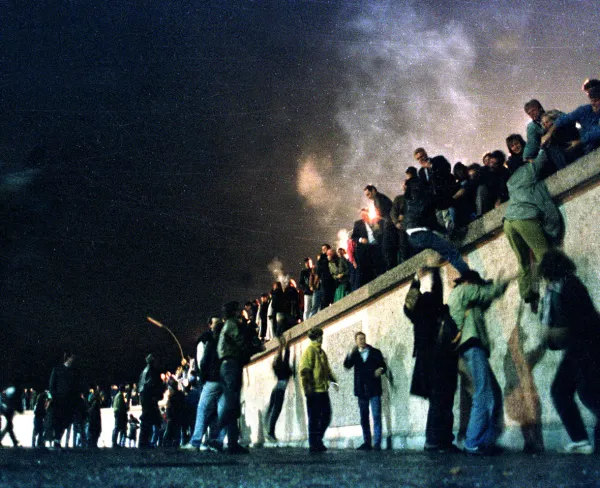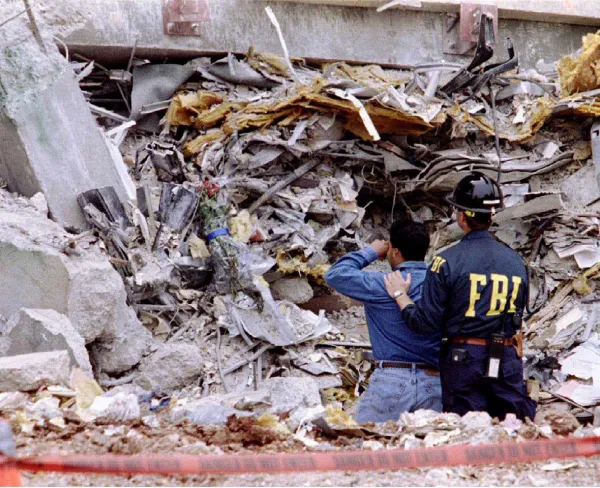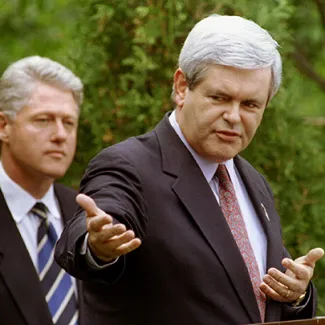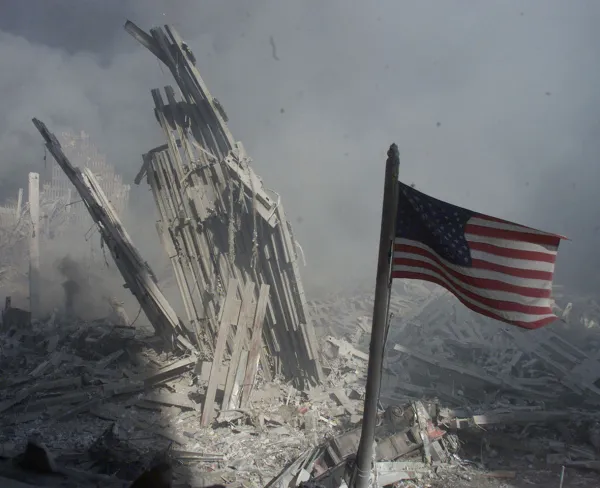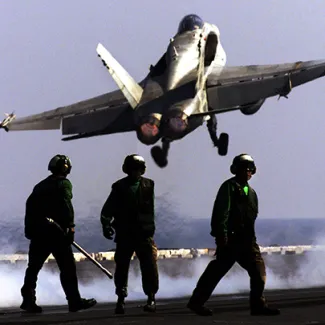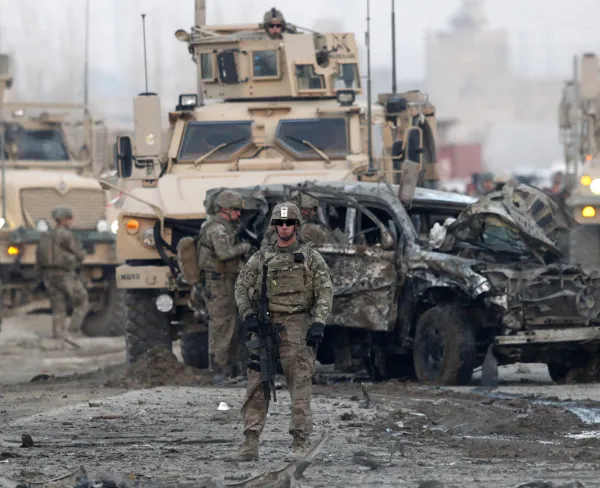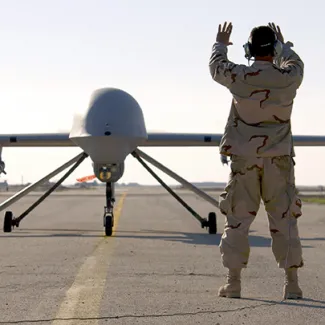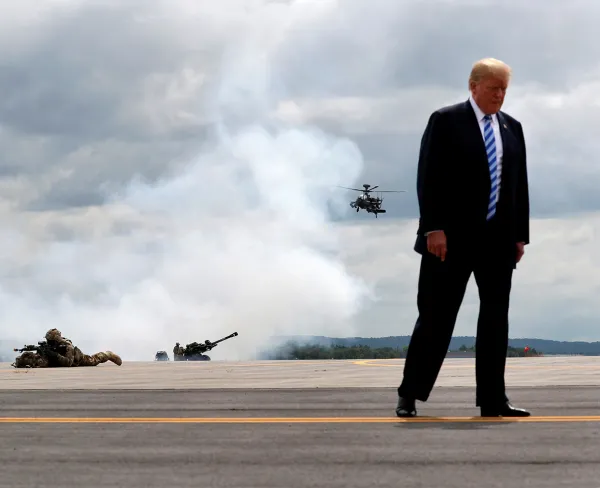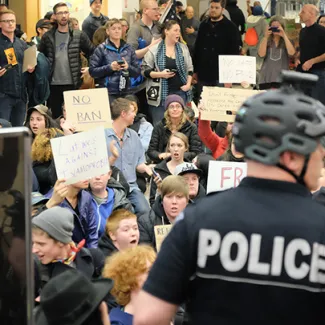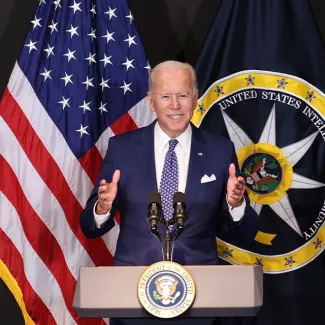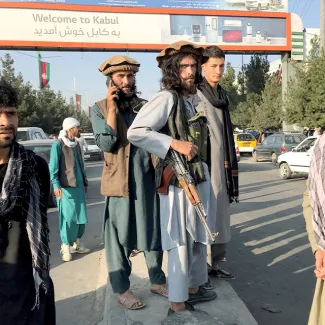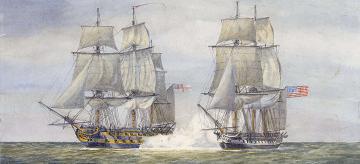The History of Terrorism and U.S. Counterterrorism Since 1945
From the creation of the CIA to the “War on Terror,” learn about the evolution of U.S. counterterrorism policies in this terrorism timeline.
It is easy to imagine that U.S. counterterrorism policy began as a response to the 9/11 attacks. But efforts to stop terrorism have spanned modern American history—though who was designated a terrorist, and how seriously the threats were taken, shifted dramatically over time.
What is counterterrorism?
Counterterrorism is the set of policies and actions—including intelligence collection and analysis, military action, and homeland security measures—designed to combat terrorism.
During the Cold War, the terms "terrorist" and "subversive" were largely reserved for Soviet-backed insurgents abroad, and communist sympathizers at home. The label was even attached to civil rights leaders campaigning for equality. American presidents viewed terrorism as a tactical threat, a low-impact security challenge that warranted only limited attention. The Soviet Union and its allies posed the greater strategic challenge. The collapse of this arch rival in 1991 initiated the first shift in the United States' national security priorities. A decade later, the catastrophic events of 9/11 fundamentally restructured the United States’ national security priorities. Once considered a criminal act, terrorism is now seen by U.S. policymakers as an existential threat, both at home and abroad.
In this timeline, we examine the vastly different ways in which U.S. administrations have defined and prioritized domestic and foreign terrorist threats. We look at how these policymakers have balanced the national security agenda with civil liberties such as the right to privacy and the right to a fair trial. This timeline is not an exhaustive list of counterterrorism policies and operations; it rather serves to illustrate changing priorities that led to today’s two-decade-long war on terror.
Timeline: U.S. Counterterrorism Since 1945
Harry S. Truman: New Security Priorities After World War II
National Security Act Creates the CIA
Dwight D. Eisenhower: Rise of the Red Scare
COINTELPRO Targets Communist Groups
John F. Kennedy: Showdown with the Soviets
CIA Warns of American Vulnerabilities
Lyndon B. Johnson: Social Unrest at Home
FBI Tracks MLK Jr., Civil Rights Leaders
Richard Nixon: Hijackings in America
Southern Airways Flight 49 Scare Changes Airline Safety
Gerald Ford: The CIA and Domestic Surveillance
Senate Report Exposes Spying on U.S. Citizens
Jimmy Carter: State-Sponsored Terrorism
Congress Passes State Sponsors of Terrorism List
Ronald Reagan: International Terrorism and the Cold War
Beirut Barracks Bombing Kills Hundreds
George H. W. Bush: Rogue Threats and Weapons of Mass Destruction
U.S. Passes Biological Weapons Anti-Terrorism Act
Bill Clinton: Terrorism in the National Spotlight
Congress Blocks Clinton Counterterrorism Bill
George W. Bush: 9/11 and the Aftermath
The Invasion of Afghanistan
CIA Implements Controversial Detention and Interrogation Program
Barack Obama: The Global War on Terror
Drone Strike Assassinates U.S. Citizen
Donald Trump: Focus on “Radical Islamic Terrorism”
Trump Signs Contested Travel Ban
Joe Biden’s Policies Include a New Strategy on: Countering Domestic Terrorism
Full withdrawal from Afghanistan
